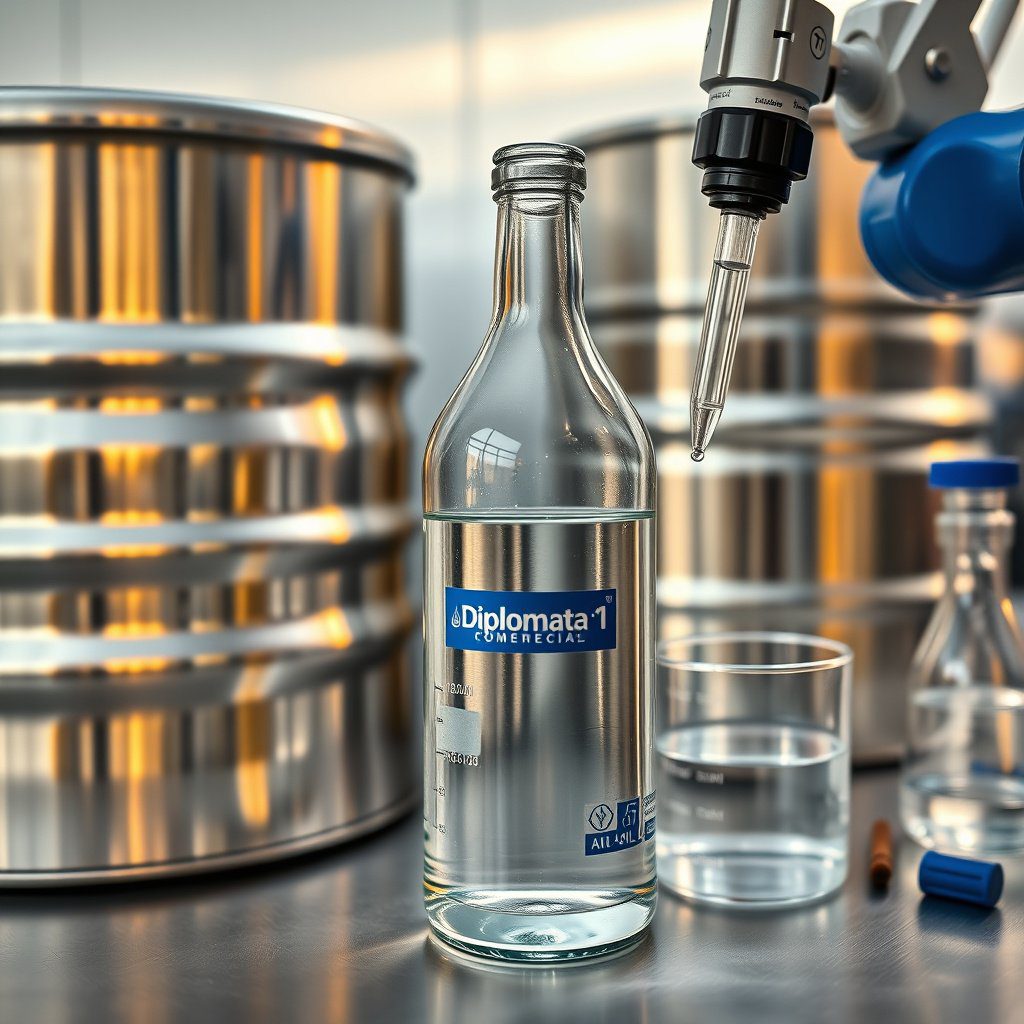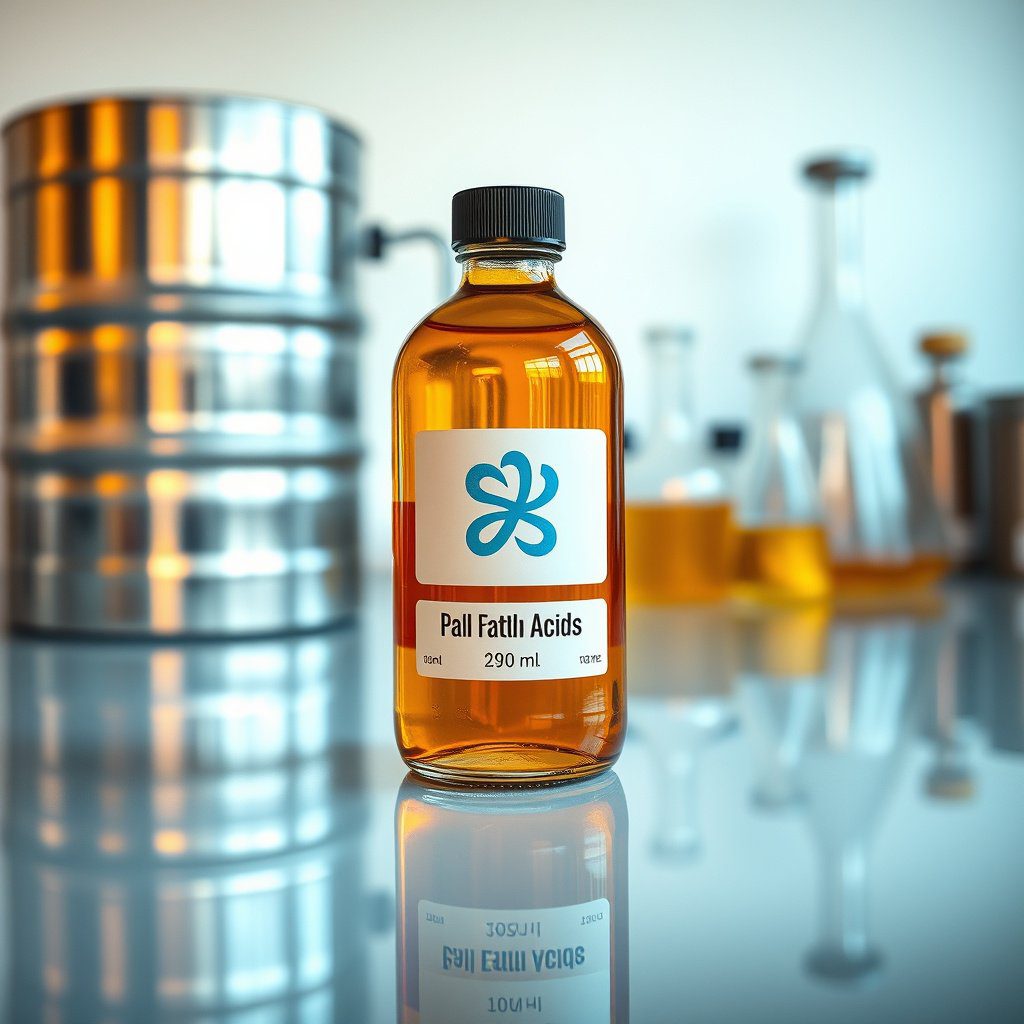Understanding Glycerin in the Chemical Industry
Glycerin, also known as glycerol, is a colorless, odorless, viscous liquid that is widely used in various applications within the chemical industry. Its unique properties, such as its hygroscopic nature and ability to dissolve many substances, make it an essential ingredient in pharmaceuticals, cosmetics, and food products. Furthermore, the versatility of glycerin allows manufacturers to utilize it in a range of formulations, enhancing the overall user experience by providing stability and moisture retention in the final products.
The Role of Glycerin in Enhancing User Experience
The user experience with glycerin products is largely defined by its physical and chemical characteristics. For instance, glycerin’s smooth texture and non-toxic nature contribute to its appeal in personal care items, where users seek products that are gentle on the skin. Moreover, glycerin’s effectiveness as a humectant allows it to draw moisture from the air, ensuring that products maintain their integrity and provide lasting hydration, which significantly enhances user satisfaction.
Applications of Glycerin in Various Industries
Glycerin is utilized across numerous industries, including pharmaceuticals, food and beverage, and personal care. In the pharmaceutical sector, glycerin serves as a solvent and a preservative, contributing to the overall efficacy of medicinal products. In the food industry, it is employed as a sweetener and a humectant, improving the taste and texture of various consumables. In personal care, glycerin is a staple in lotions and creams, where it enhances moisturizing properties, thereby improving the user’s overall experience with the product.
Quality Standards for Glycerin Production
To ensure a high-quality user experience, it is crucial for manufacturers to adhere to stringent quality standards during glycerin production. This includes the sourcing of raw materials, adherence to Good Manufacturing Practices (GMP), and rigorous testing for purity and safety. By meeting these standards, producers like Diplomata can guarantee that the crude glycerin they supply meets the needs and expectations of their clients in the American market.
Crude Glycerin vs. Refined Glycerin
Understanding the difference between crude and refined glycerin is essential for manufacturers and consumers alike. Crude glycerin, often produced as a byproduct of biodiesel production, contains impurities that can affect its usability in certain applications. In contrast, refined glycerin undergoes additional processing to remove these impurities, resulting in a higher purity level that is suitable for food and pharmaceutical applications. This distinction is critical in determining the user experience, as the quality of glycerin directly impacts the effectiveness of the final products.
Environmental Impact of Glycerin Production
The production of glycerin, particularly crude glycerin, has significant environmental implications. Sustainable practices in glycerin production can enhance the user experience by ensuring that products are not only effective but also environmentally friendly. By utilizing renewable resources and adhering to eco-friendly manufacturing processes, companies like Diplomata can contribute to a more sustainable chemical industry while meeting the high demands of consumers who prioritize sustainability in their purchasing decisions.
Market Trends Affecting Glycerin Demand
The demand for glycerin is influenced by various market trends, including the rise of natural and organic products in the personal care and food industries. As consumers increasingly seek out products that are free from synthetic additives, glycerin, being a natural compound, is gaining popularity. This trend is not only shaping the user experience but also prompting manufacturers to innovate and improve their glycerin formulations to meet evolving consumer preferences.
Regulatory Considerations for Glycerin Producers
Producers of glycerin must navigate a complex landscape of regulations that govern the safety and efficacy of their products. Regulatory bodies such as the FDA and EPA impose guidelines that manufacturers must follow to ensure their glycerin meets safety standards for consumer use. Compliance with these regulations is essential for maintaining a positive user experience and building trust with consumers in the competitive market of glycerin products.
Future of Glycerin in the Chemical Industry
The future of glycerin in the chemical industry looks promising as innovation continues to drive new applications and formulations. With advancements in technology and a growing focus on sustainability, glycerin is likely to see increased usage in a variety of sectors. As manufacturers prioritize user experience and environmental considerations, glycerin will remain a vital component in the formulation of high-quality products that meet the demands of modern consumers.


